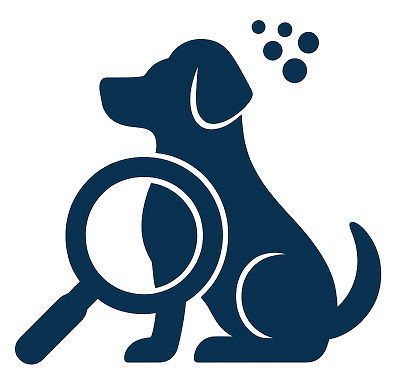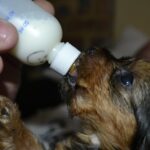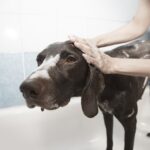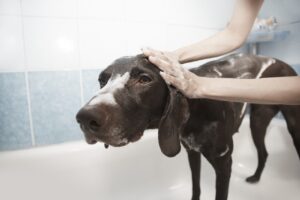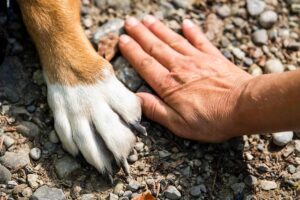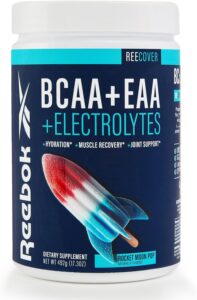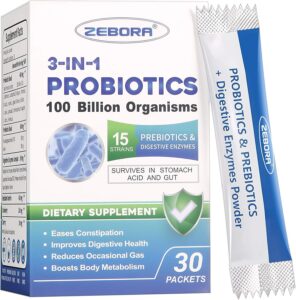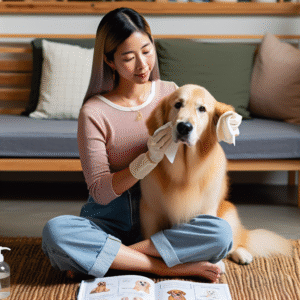
Oral hygiene is an important aspect of your dog’s overall health that is often overlooked. Just like humans, dogs can suffer from dental issues such as plaque buildup, gum disease, and bad breath if their teeth are not properly cared for. Brushing your dog’s teeth is one of the most effective ways to maintain their oral health. In this article, we’ll discuss expert tips to help you brush your dog’s teeth effectively and keep those pearly whites in top condition.
Understanding the Importance of Dental Care for Dogs
Dental problems can have a significant impact on your dog’s health. Poor oral hygiene can lead to periodontal disease, which is not only painful but can also result in tooth loss. Bacteria from the mouth can enter the bloodstream and affect vital organs, leading to more severe health problems. Regular brushing helps prevent these issues by removing food particles and bacteria that can cause plaque and tartar buildup.
Choosing the Right Tools
Dog-Specific Toothbrushes
When it comes to brushing your dog’s teeth, using the right tools is essential. Invest in a toothbrush designed specifically for dogs. These toothbrushes typically have softer bristles and are angled to reach all areas of your dog’s mouth. Finger brushes are also a popular option, particularly for smaller dogs or those who are new to tooth brushing.
Canine Toothpaste
Never use human toothpaste for your dog, as it can contain ingredients that are harmful to them. Instead, opt for toothpaste made specifically for dogs. These are often flavored with dog-friendly tastes like chicken or beef, making the brushing experience more enjoyable for your pet.
Gradual Introduction to Brushing
Start Slowly
If brushing is a new experience for your dog, it’s important to introduce it gradually. Start by letting your dog get used to having their mouth touched. Gently lift their lips and rub your finger along their gums and teeth. Once they are comfortable with this, you can introduce the toothbrush and toothpaste.
Positive Reinforcement
Use positive reinforcement to make the experience pleasant for your dog. Offer treats and praise before, during, and after brushing sessions. This will help your dog associate tooth brushing with a positive experience.
Establishing a Routine
Consistency is Key
Consistency is crucial when it comes to brushing your dog’s teeth. Aim to brush their teeth at least a few times a week, if not daily. Establishing a routine will help your dog become more accustomed to the process and make it easier for you to maintain their oral health.
Choose a Suitable Time
Select a time of day when your dog is calm and relaxed. After a walk or playtime, when your dog is more likely to be tired, is often a good time. Consistency in timing can also help your dog understand the routine.
Effective Brushing Techniques
Proper Positioning
Position your dog in a way that is comfortable for both of you. Smaller dogs can be placed on a table or your lap, while larger dogs can be brushed on the floor. Ensure you have good lighting to see all areas of your dog’s mouth clearly.
Brushing Motion
Use gentle, circular motions to brush your dog’s teeth. Focus on the outside surfaces of the teeth, where plaque and tartar are most likely to accumulate. Pay special attention to the back molars and canine teeth, as these are often neglected areas. Aim to brush for about two minutes, if your dog will tolerate it.
Dealing with Challenges
Handling Resistance
It’s not uncommon for dogs to resist tooth brushing initially. If your dog is particularly resistant, start with short sessions and gradually increase the duration as they become more comfortable. If your dog becomes stressed, take a break and try again later.
Seeking Professional Help
If you’re struggling to brush your dog’s teeth or notice signs of dental problems such as bad breath, bleeding gums, or loose teeth, consult with your veterinarian. They can provide professional cleaning and advice tailored to your dog’s specific needs.
Complementary Dental Care
Dental Chews and Toys
In addition to regular brushing, dental chews and toys can help reduce plaque buildup and keep your dog’s teeth clean. Look for products endorsed by veterinary dental associations for maximum efficacy.
Regular Vet Check-Ups
Routine veterinary check-ups are essential for monitoring your dog’s oral health. Your vet can identify early signs of dental disease and recommend appropriate treatments or preventive measures.
Conclusion
Brushing your dog’s teeth is a vital component of their overall health care routine. By understanding the importance of dental hygiene, choosing the right tools, and employing effective brushing techniques, you can help prevent dental diseases and ensure your dog’s mouth stays healthy. Remember to be patient and consistent, as establishing a tooth brushing routine can take time, but the benefits for your dog’s health are well worth the effort. With these expert tips, you can confidently take charge of your dog’s oral care, contributing to their long-term well-being and happiness.
#ChatGPT assisted in the creation of this article.
